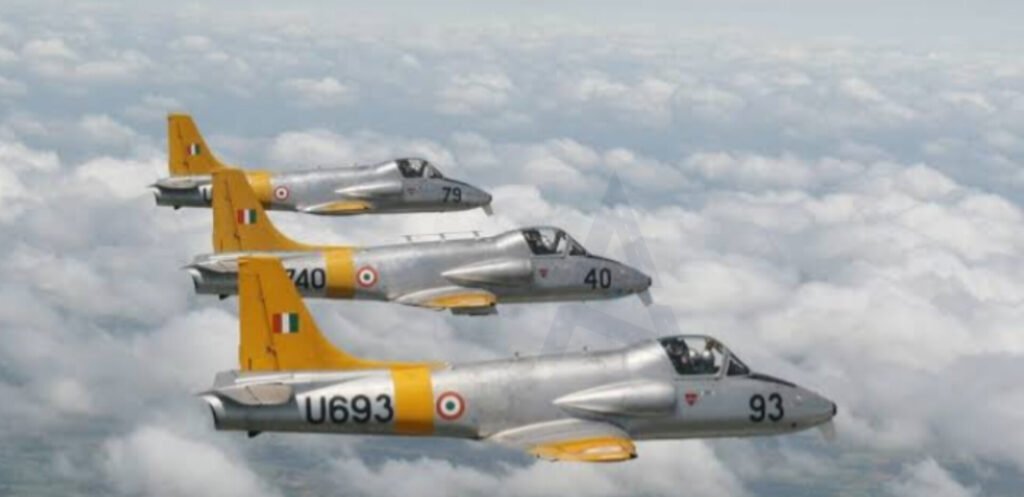After more than two decades of service, the Indian Air Force (IAF) is preparing to retire the Kiran trainer aircraft, marking the end of an era in the training of its pilots. The decision comes as the IAF has set its sights on replacing the aging fleet with the more advanced Sitara Intermediate Jet Trainer (IJT), which has been in development for over 21 years.
The Kiran, which was inducted into the IAF in the 1970s, has been a key platform for training young pilots. Initially designed for basic training, the aircraft was adapted for intermediate training over the years, helping bridge the gap between the basic trainer and front-line combat aircraft. However, with modern aviation demands becoming more complex and advanced, the IAF has long sought a more capable, state-of-the-art trainer to meet evolving requirements.
The Sitara IJT, developed by Hindustan Aeronautics Limited (HAL), is seen as the next-generation solution to these needs. After over two decades of testing, delays, and development hurdles, the Sitara is now nearing the end of its development phase and is expected to replace the Kiran trainers in the near future. The IJT offers more advanced avionics, improved flight performance, and greater versatility, providing a more realistic training experience for IAF pilots as they transition to high-performance fighter aircraft.
While the retirement of the Kiran aircraft will be a bittersweet moment for the IAF, the transition to the Sitara is seen as a critical step in modernizing India’s military aviation training programs. The Sitara’s capabilities will allow pilots to train in conditions closer to real-world combat scenarios, helping them develop better skills and handling abilities for advanced fighter jets.
The Kiran fleet, which has been in service for over 40 years, has seen its share of challenges, including technical issues and the aging of its airframes. Despite this, the aircraft has been an essential part of the IAF’s training regimen, with many Indian Air Force pilots having flown the Kiran as part of their initial flight training.
The development of the Sitara trainer is part of India’s ongoing efforts to enhance indigenous defense production and reduce reliance on foreign military technology. The IJT is expected to play a crucial role in the IAF’s pilot training pipeline, providing a cost-effective, efficient platform for developing the next generation of Indian Air Force aviators.
The retirement of the Kiran trainer marks the end of a significant chapter in the IAF’s history, but it also signals the beginning of a new era in pilot training. The IAF’s focus now shifts to ensuring a smooth induction of the Sitara IJT into operational service, as the country continues its efforts to build a modern, self-reliant military aviation infrastructure.



